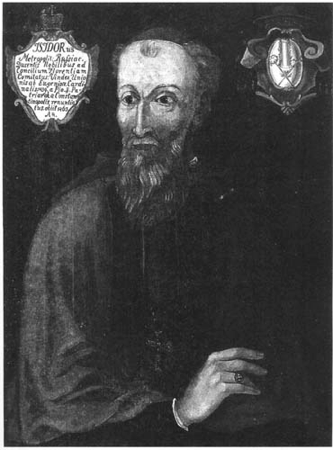Ukraine – Greek Diaspora History
Isidore of Kiev
Isidore of Kiev
Isidore of Kiev is believed to be born in Monemvasia, Greece in 1385 (although some sources have him born in Thessalonica) and he died in Rome in 1463. Often referred to as a humanist, Isidore of Kiev was an avid supporter for the reunion of the Eastern Orthodox Church and the Western Catholic Church.
Isidore of Kiev in Constantinople
Isidore of Kiev came to Constantinople as a highly regarded theologian and orator, fluent in both Greek and Latin. In Constantinople, he became an Abbot of St. Demetrius monastery.
The Byzantine Emperor, John VIII Palaiologos sent Isidore of Kiev to the Council of Basel in 1434 as an envoy to lay the foundations for the reunion of the Eastern Orthodox Church and the Western Catholic Church. Isidore of Kiev returned to Constantinople unsuccessful in his mission.

Isidore of Kiev in Present Day Ukraine
In 1436, Isidore of Kiev was named Metropolitan of Kiev and of all Russia. The appointment was made, by the Byzantine Emperor, with the intention that Isidore of Kiev would be able to convince the Russian Grand Duke, Vasily II to support the reunion of the Eastern and Western churches at the general Council of Ferrara-Florence in Italy.
Failing to gain Vasily II’s support, Isidore of Kiev attended the council himself. He was one of six Greek spokesmen in Ferrara in 1438 and in Florence in 1439.
A document of unification between the two churches was drafted by Isidore of Kiev, together with the Greek cardinal, Basilios Bessarion. On the 5th of July, 1439, the decree was proclaimed and not long after, Isidore of Kiev was made a Roman Catholic cardinal. As a result, he was referred to as “the Ruthenian cardinal”, meaning the Ukrainian Roman Catholic cardinal.
Isidore of Kiev implemented the decree of union in Kiev and attempted to do so in Moscow also. In Moscow however, he encountered fierce resistance from Vasily II and the Russian Church. This resulted in Isidore of Kiev being convicted of apostasy to the Orthodox faith and imprisoned.
Isidore of Kiev’s Escape to Rome and Return to Constantinople
After two years of imprisonment, Isidore of Kiev escaped to Tver, then to Lithuania, before finally arriving in Rome. In 1452, Pope Nicholas V sent him to Constantinople to arrange the reunion of the two churches and provided him with two hundred soldiers to help the defend the city. On the 12th of December of the same year, Isidore of Kiev celebrated a short-lived reunion with 300 Byzantine clergy in the famous Hagia Sophia Church of Constantinople.
The Fall of Constantinople and Isidore of Kiev’s Return to Rome
After a 53 day siege, Constantinople finally fell to the Ottoman Empire on the 29th of May, 1453. Wounded while defending the city, Isidore of Kiev managed to escape to Crete. From there, he returned to Rome in 1454, where he wrote of the traumatic experience of the fall of Constantinople in his Epistula Lugubris, meaning “The Mournful Letter”.
In 1459, Isidore of Kiev received the honorary title Greek Patriarch of Constantinople from Pope Pius II.
Do you have a connection to the Greek Diaspora in the Ukraine? Trace your ancestry to find out. There are a number of DNA tests available but the most common and most trusted of them all is Ancestry.com
